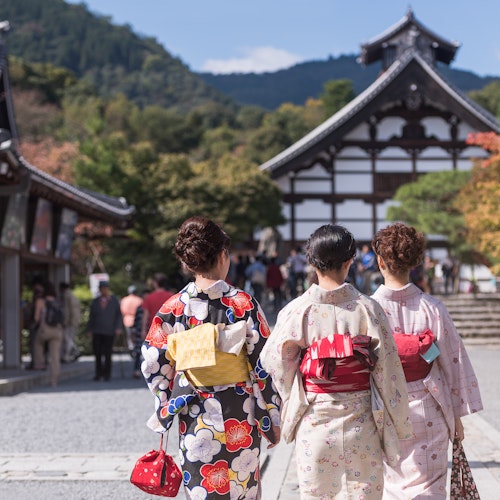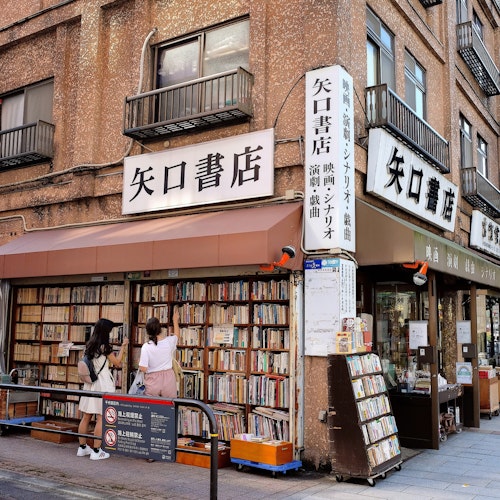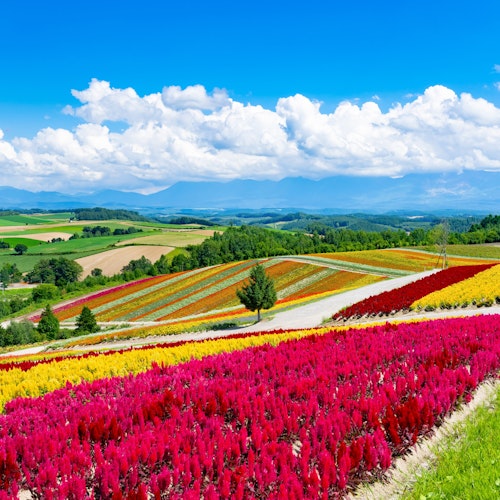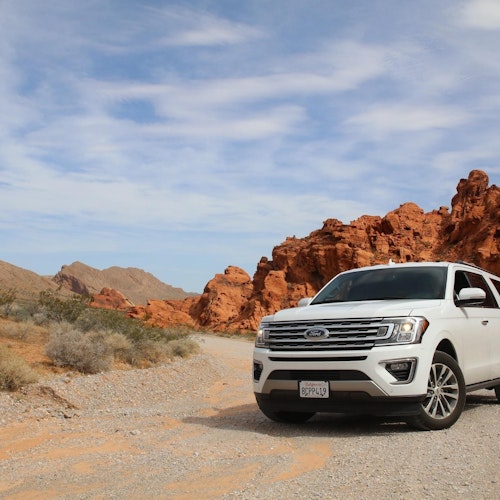
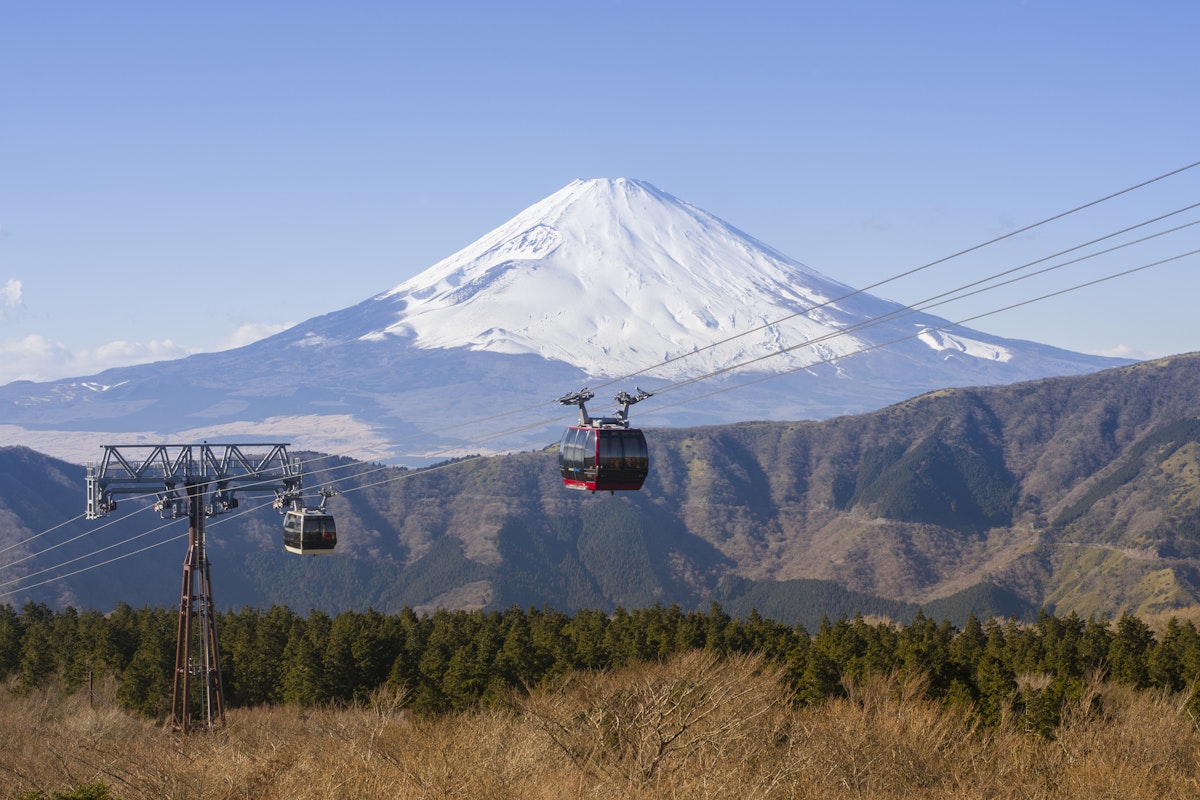
Hakone is one of Japan’s most beloved getaway spots, and there’s something magical about it during the colder months. The crisp air, snow-dusted mountains, and soothing hot springs make it the perfect destination for a cozy winter escape.
If you’re looking for a place to relax and enjoy nature with a touch of comfort, Hakone in winter is the ideal spot. Here are the top 12 places you shouldn’t miss on your winter trip to Hakone.
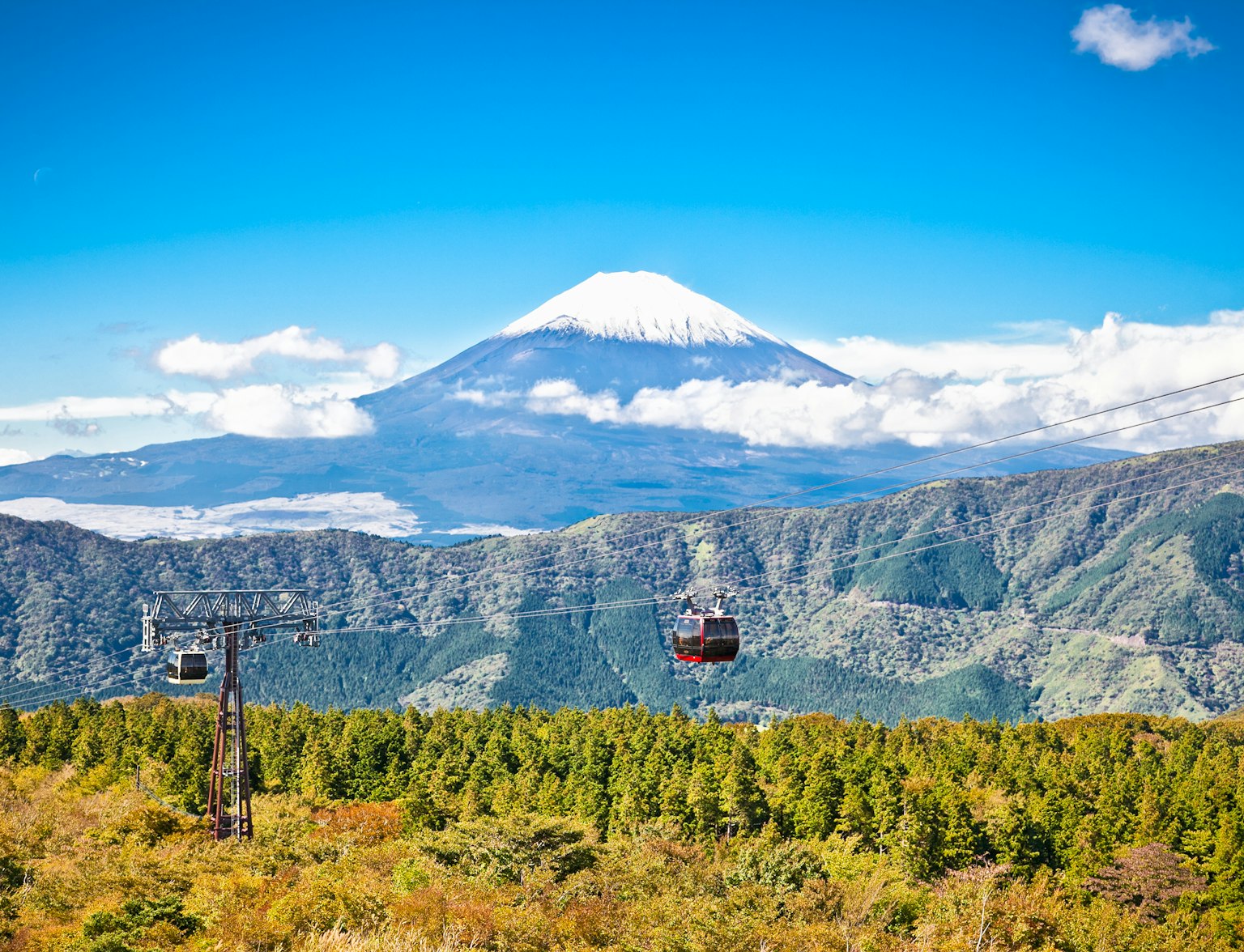
Embark on a mesmerizing voyage from Tokyo to Mt. Fuji and Hakone.
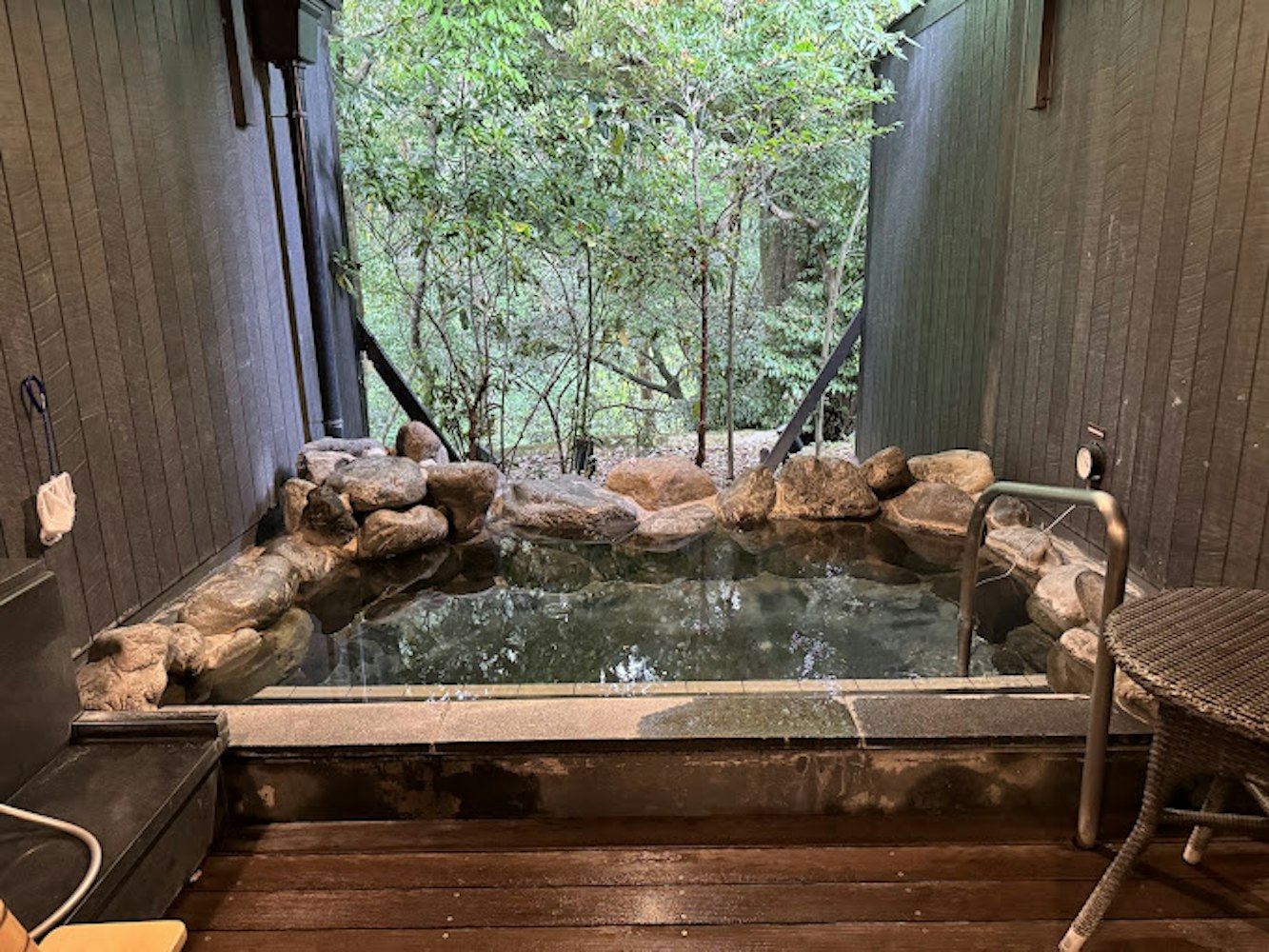
Hakone Yuryo is a classic onsen destination that shines in winter. Its open-air baths are nestled in nature, and when temperatures dip, the contrast between the warm water and the cool, crisp air is simply irresistible. Snow often blankets the surrounding trees, adding a magical atmosphere to the experience. You can book private baths here, which makes it perfect for a secluded and peaceful retreat away from the usual crowds.
In addition to the baths, Hakone Yuryo offers tatami rooms for lounging, traditional Japanese meals, and a shuttle service from Hakone Yumoto Station. Whether you're visiting for a day trip or staying overnight, Hakone Yuryo guarantees a tranquil escape.
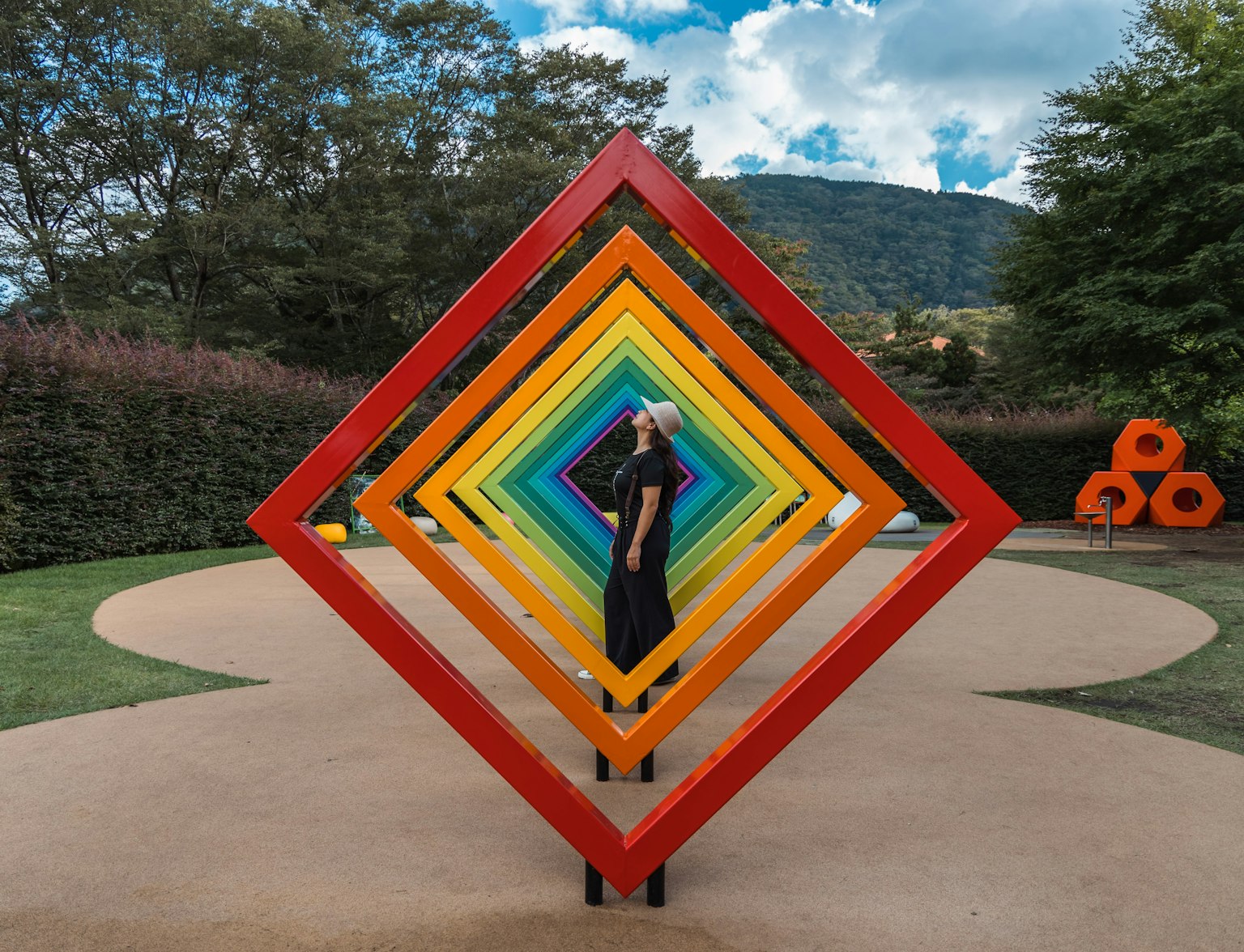
Explore the stunning landscapes of Mt. Fuji and Hakone on a private tour.
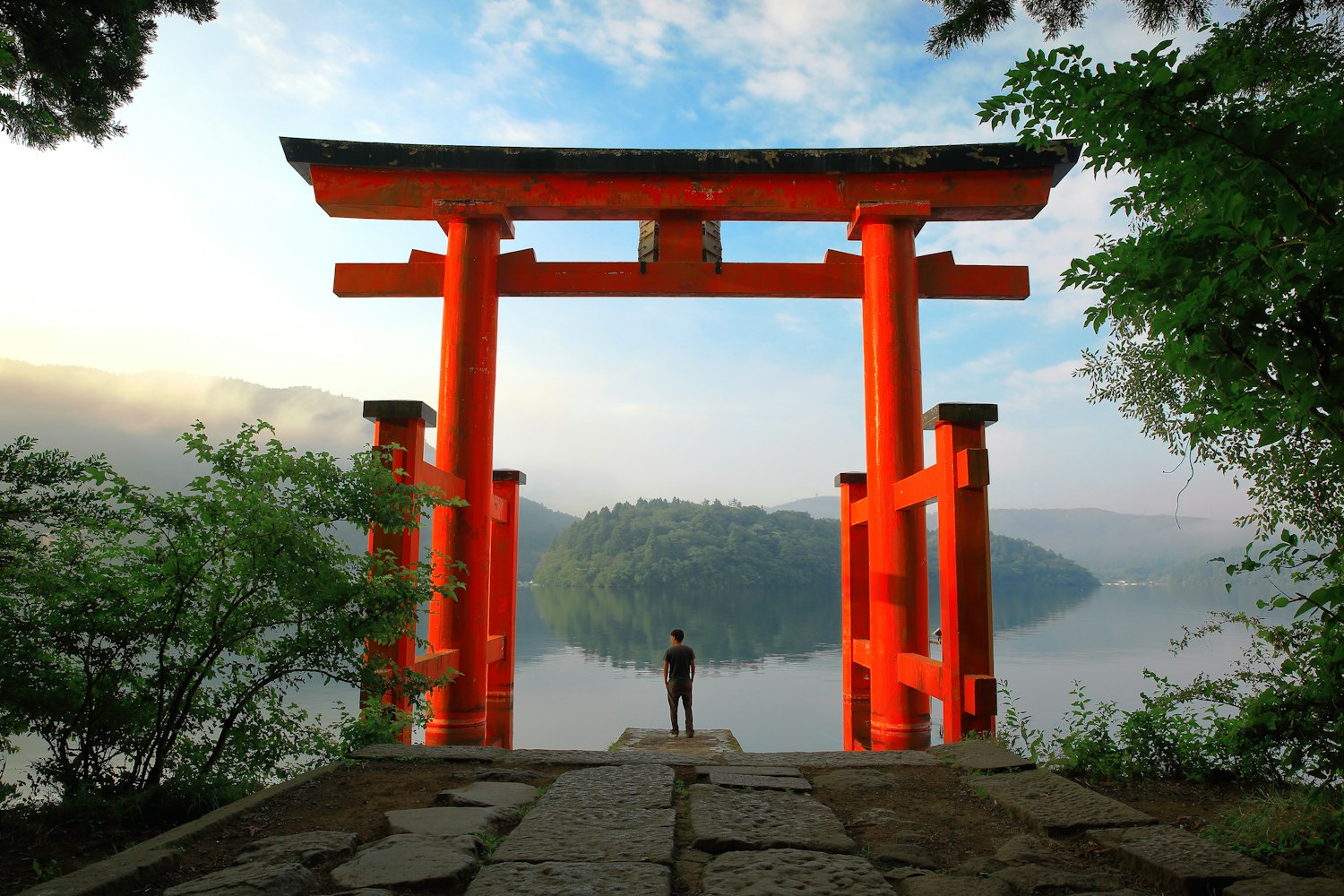
Hakone Shrine is one of the most iconic spots in the region, and winter adds a layer of quiet beauty that you won’t experience during other seasons. Located on the edge of Lake Ashi, the shrine’s famous red torii gate looks particularly stunning against a backdrop of snowy mountains and calm, reflective waters. The area tends to be less crowded in winter, making it easier to appreciate the spiritual atmosphere of the shrine.
The shrine has long been a destination for those seeking blessings for safety, luck, and prosperity. Beyond its historical significance, the serene setting provides a chance to pause and reflect. Visitors often walk along the lakefront or hike nearby trails to fully absorb the quiet winter landscape.
Taking a cruise on Lake Ashi during winter offers a serene escape. The lake’s tranquil waters, coupled with stunning views of Mount Fuji in the distance, make for an unforgettable experience. The snow-dusted landscapes reflect beautifully on the calm waters, and the boat ride is often much quieter during the colder months, allowing you to fully immerse yourself in the peaceful atmosphere.
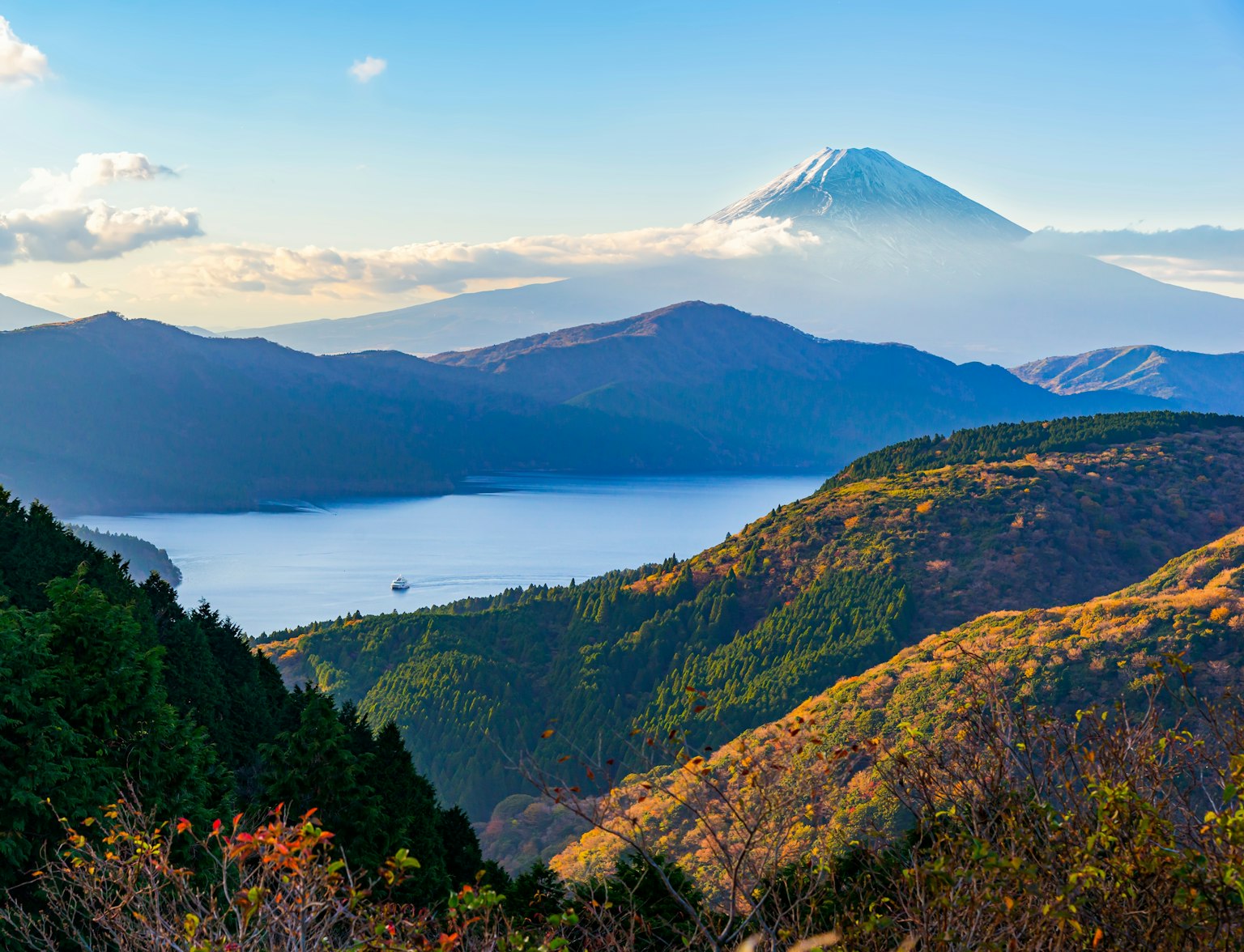
Experience the beauty of Mt. Fuji and Hakone on a day tour.
The cruise takes you around key points on the lake, such as Hakone Shrine and Moto-Hakone, and offers panoramic views of the surrounding mountains. The highlight for many is seeing Mount Fuji, especially when its peak is snow-covered and framed by a clear blue winter sky. The boats themselves are modeled after historical pirate ships, adding a touch of whimsy to your journey across the lake.
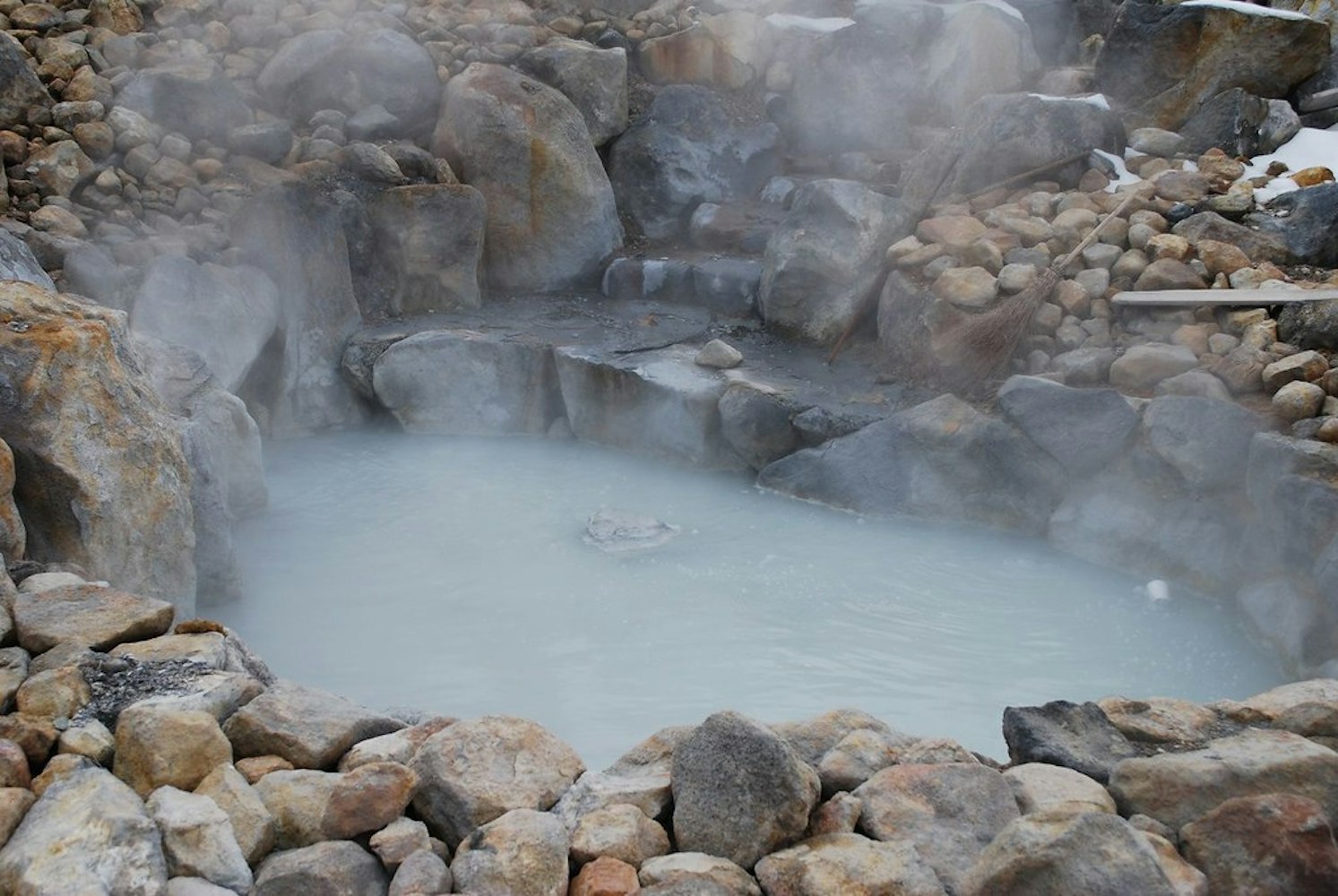
Tenzan Onsen offers a more traditional onsen experience, perfect for those looking to relax in a natural setting. This onsen features multiple outdoor baths, all set within beautifully landscaped gardens. In winter, the outdoor baths are particularly stunning as they are surrounded by snowy trees and rocks, making it feel like a winter wonderland. The warm, mineral-rich waters will leave you feeling rejuvenated.
What sets Tenzan apart from other onsen is its rustic charm. The baths are designed with a traditional aesthetic, featuring stone walls and wooden structures. After a long soak, visitors can unwind in tatami rooms, enjoy traditional Japanese cuisine at the on-site restaurant, or explore the small, tranquil garden.

The Hakone Open-Air Museum is a fantastic blend of art and nature, and in winter, the museum’s outdoor sculptures take on a whole new character. The contrast between the modern art pieces and the snowy landscape creates an almost surreal atmosphere. Even the museum's architecture, with its large windows and open spaces, allows visitors to feel connected to the outside world as they view the art.
Apart from the outdoor exhibits, the museum houses several indoor galleries featuring works by famous artists such as Picasso. One of the museum’s highlights during winter is the hot spring footbath, where visitors can soak their feet while admiring the snow-covered surroundings. The combination of culture, relaxation, and nature makes the museum a must-visit spot during Hakone’s colder months.
Owakudani is a unique destination in Hakone that offers visitors a glimpse into the region’s volcanic activity. The valley is famous for its steam vents, which look even more dramatic against the snowy backdrop in winter. The area is rich in sulfur, and the sight of plumes of steam rising from the ground creates an otherworldly scene. Despite the cold, the warmth from the geothermal activity makes it a comfortable visit.
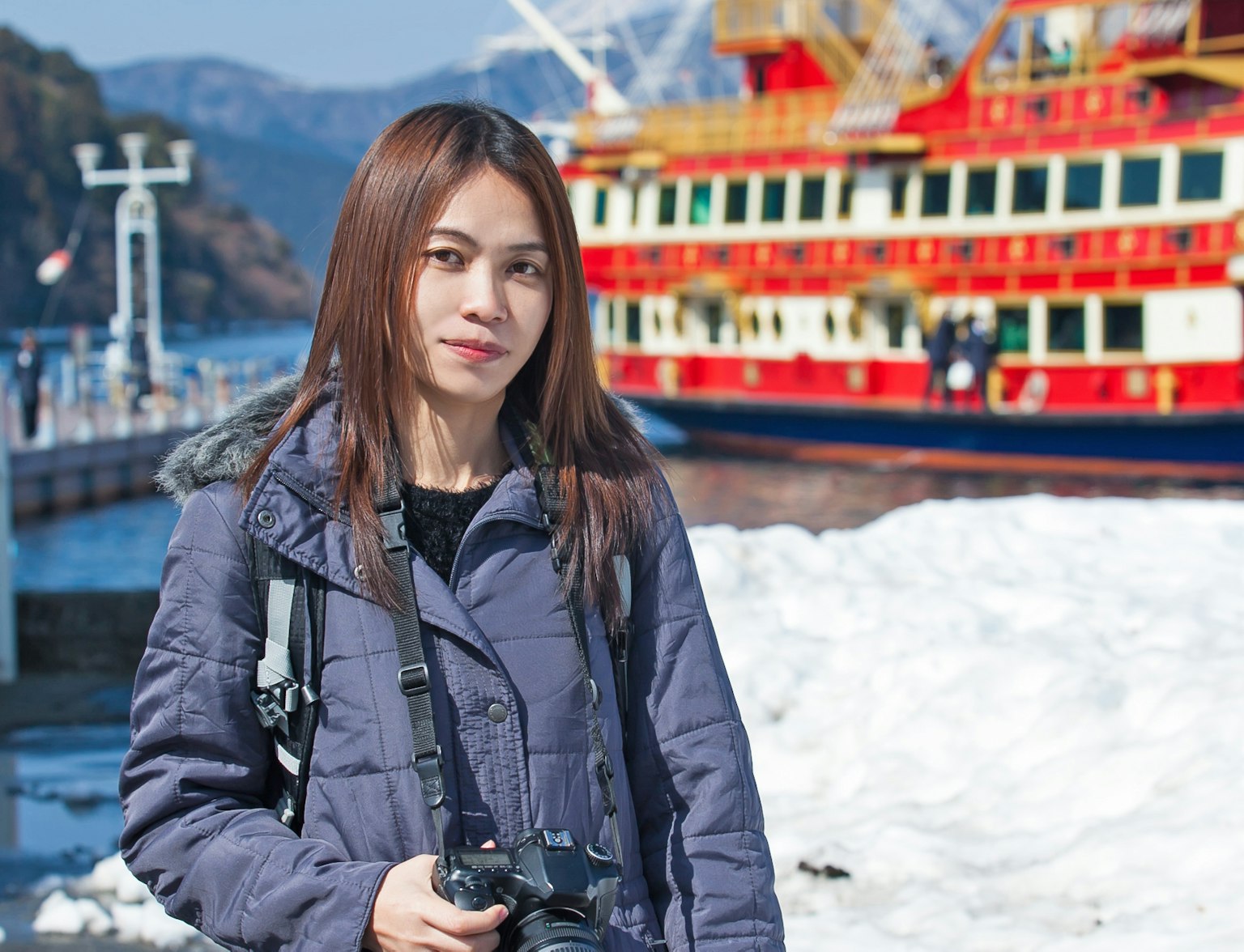
Discover the enchanting beauty of Hakone on a day tour from Tokyo.
Aside from the natural wonder, Owakudani is known for its local delicacy—black eggs boiled in the sulfuric hot springs. Eating one is said to extend your life by seven years! The Owakudani Ropeway also offers breathtaking views of Mount Fuji, the surrounding mountains, and the volcanic valley, making it a must-visit for anyone interested in Hakone’s natural wonders.
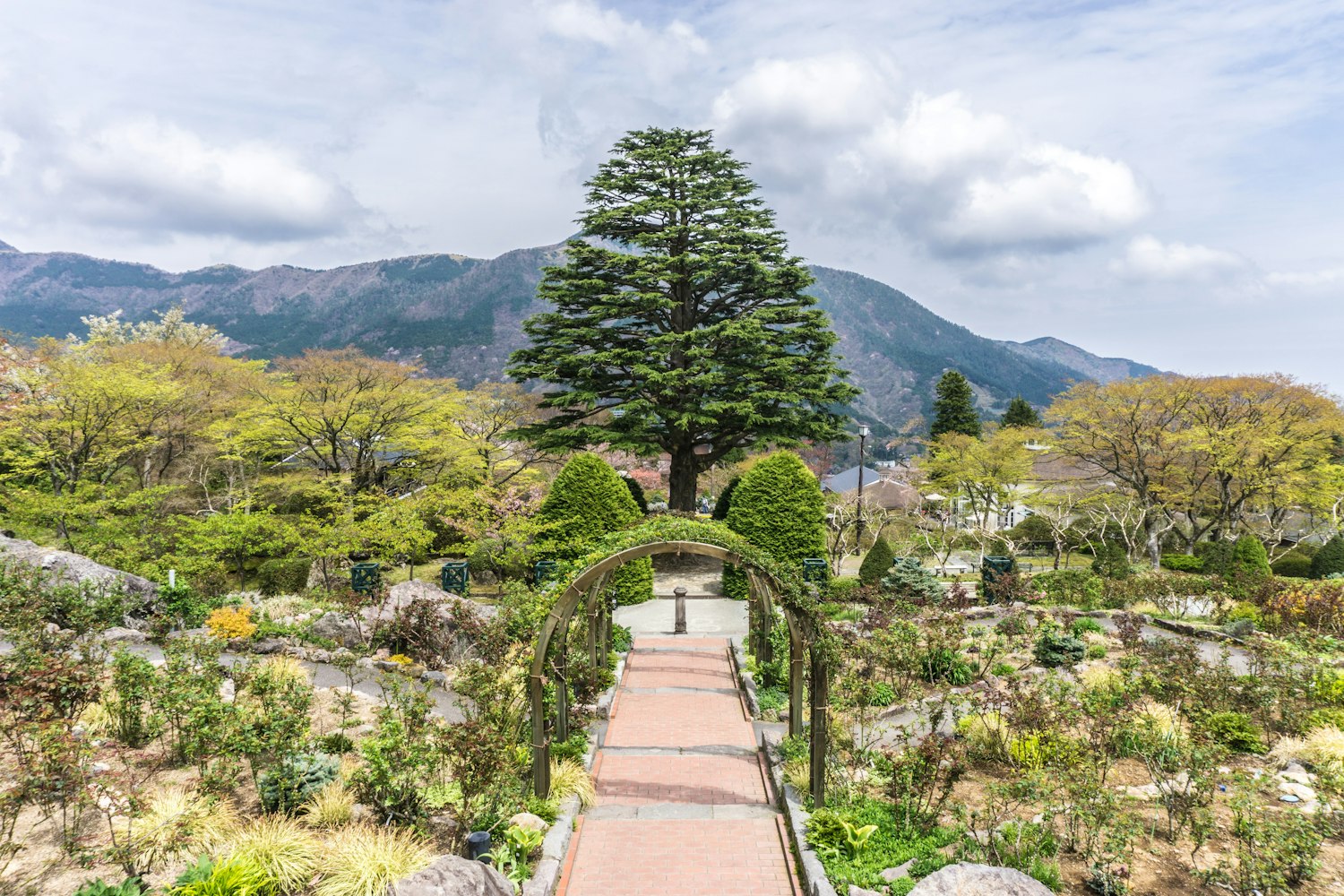
While Gora Park is best known for its vibrant gardens during the warmer months, it remains a peaceful retreat in winter. The park’s paths and fountains are often dusted with snow, providing a serene environment for a winter walk. The crisp air and quiet atmosphere make it a relaxing spot for visitors who want to take a break from the more popular tourist areas.
Inside the park, you’ll also find a traditional tea house offering matcha and seasonal sweets. It’s a perfect place to warm up while enjoying the scenic views. For those looking to experience something hands-on, the park offers pottery and glassblowing workshops, where you can create your souvenir to take home.
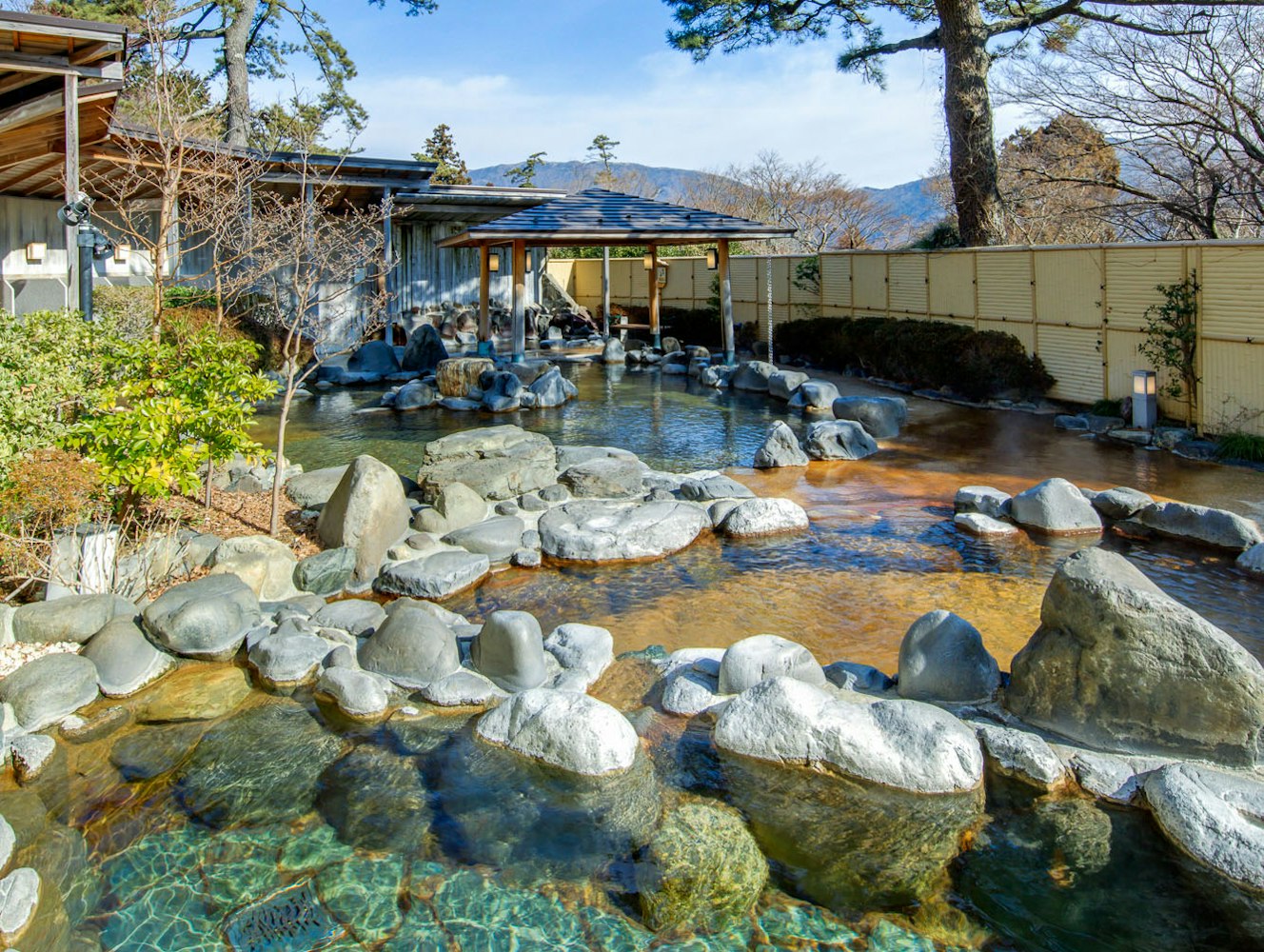
Hakone Kowakien Yunessun offers a different take on the traditional onsen experience. This hot spring amusement park is family-friendly and features various themed baths, such as green tea, wine, and even sake baths. In winter, the outdoor baths are a warm escape from the cold, and the playful themes make it a hit with both adults and kids.
For those looking for a more traditional onsen experience, Yunessun has a separate section with classic hot spring baths. It’s a great place to spend the day, as the facilities also include restaurants and relaxation areas. Whether you want a fun, lighthearted soak or a more peaceful, reflective experience, Hakone Kowakien Yunessun has something for everyone.
The Hakone Ropeway is one of the best ways to get a bird’s-eye view of Hakone’s winter beauty. The cable cars travel over Owakudani Valley and offer stunning panoramic views of the snow-covered landscape, including Mount Fuji. The ride itself is peaceful and provides a different perspective of the region’s natural beauty, especially when the trees and mountains are dusted with snow.
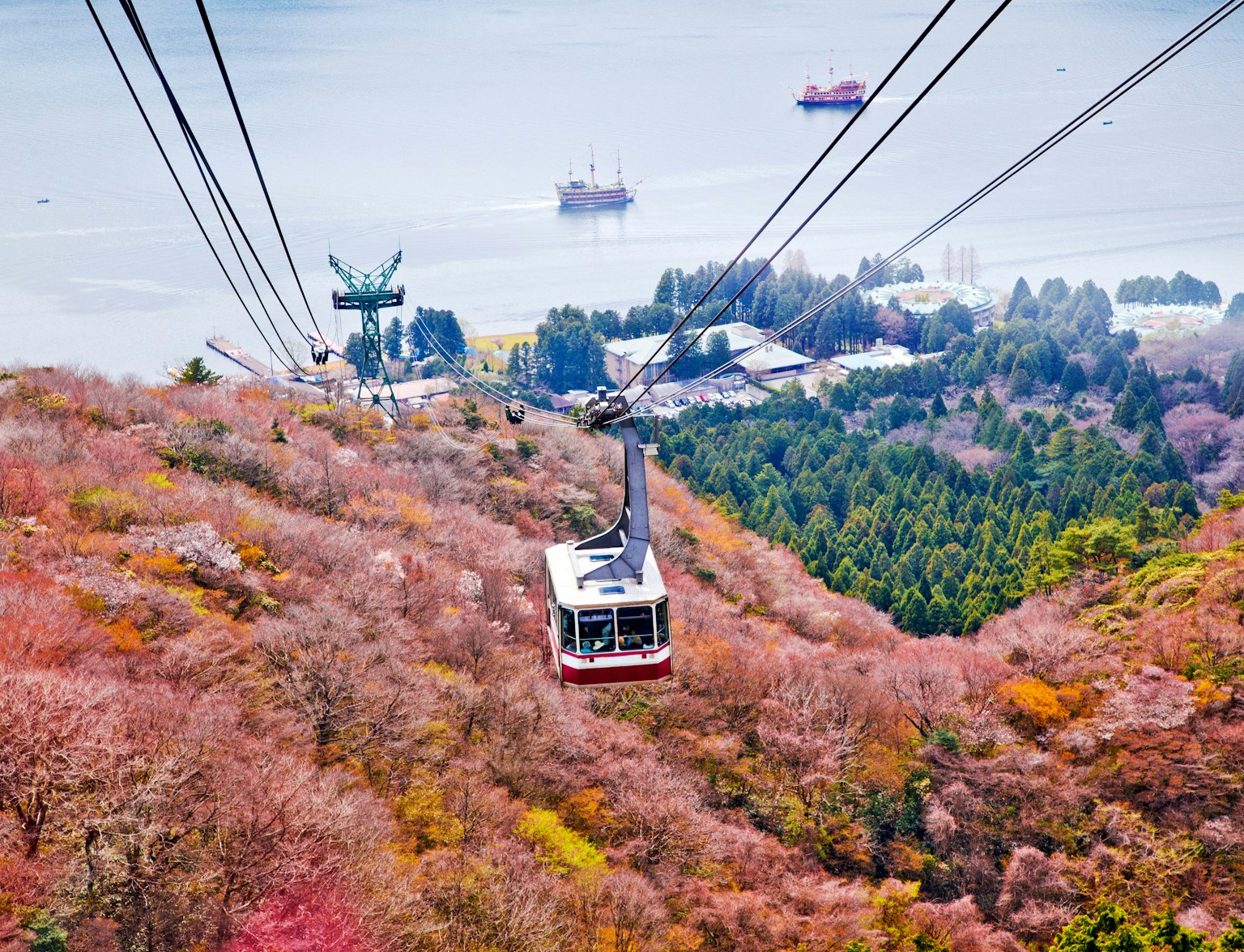
Discover the allure of Hakone with our Komagatake Ropeway adventure.
The ropeway connects various key spots in Hakone, making it a convenient way to explore the area. Each station offers its own unique attractions, from the steaming vents of Owakudani to the shores of Lake Ashi. It’s a scenic and relaxing way to travel while soaking up the winter wonderland that Hakone becomes during the colder months.
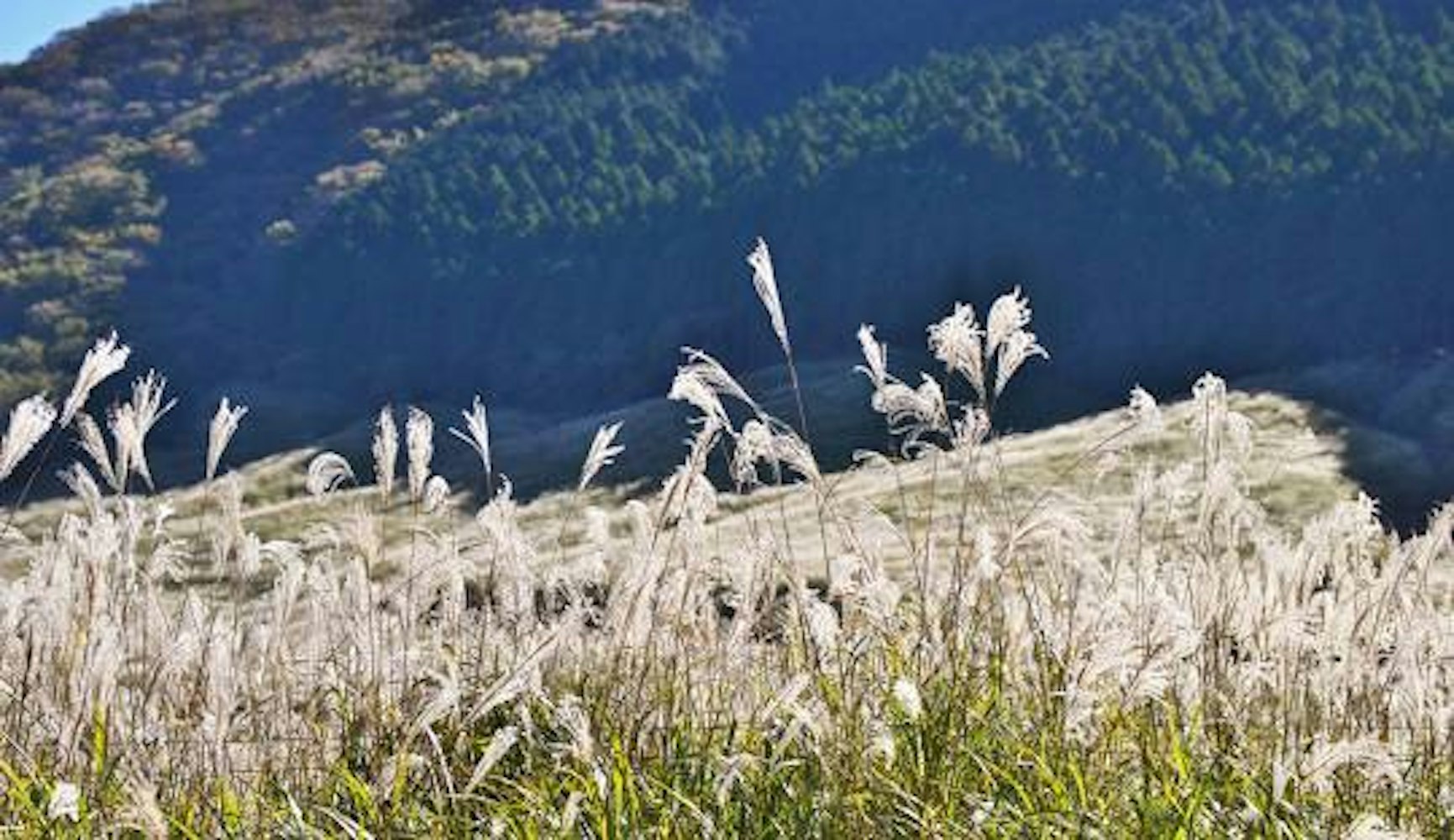
Sengokuhara’s famous silver grass fields take on a unique beauty in winter. While the grass is golden and swaying during autumn, in winter it stands still and is covered in frost. The vast, open landscape is a peaceful place to take a winter walk, with wide views of the surrounding mountains.
The grass fields are also home to some easy hiking trails, which offer even more expansive views of the area. The quiet, still atmosphere during winter makes it feel like you have the whole place to yourself. It’s a perfect spot for nature lovers looking to enjoy Hakone’s outdoor beauty in a peaceful winter setting.
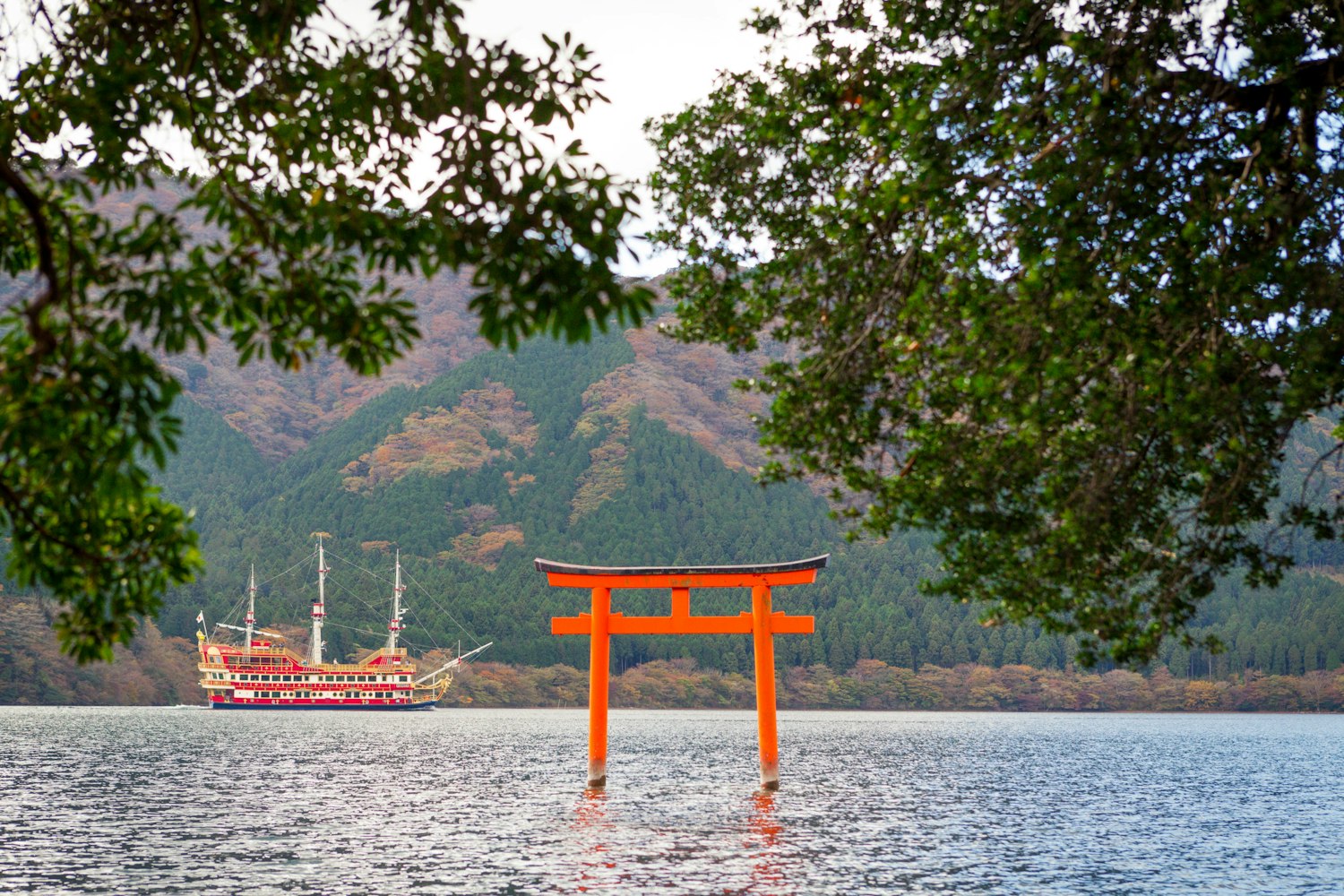
Kuzuryu Shrine is located near Lake Ashi and is dedicated to the nine-headed dragon of local legend. The shrine is smaller and less visited than Hakone Shrine, making it a peaceful retreat, especially in winter. The quiet surroundings, combined with the snow-covered forest, create a spiritual atmosphere that feels far removed from the hustle of daily life.
The shrine is often visited by locals seeking blessings for good fortune, and its off-the-beaten-path location means it’s rarely crowded. A walk around the shrine grounds in winter offers a quiet escape into nature, with the lake and mountains providing a beautiful backdrop.
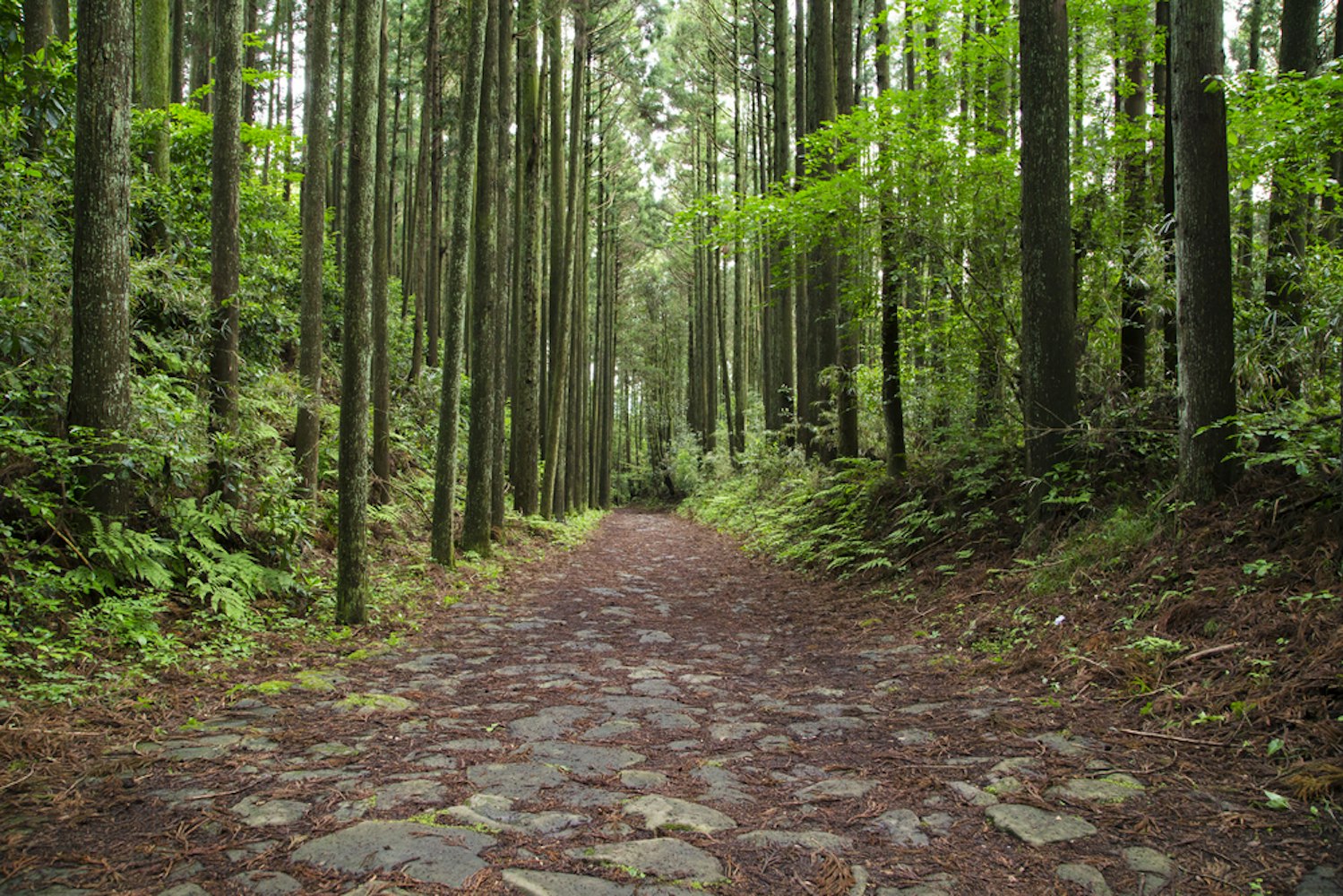
The Old Tokaido Road is an ancient path that once connected Tokyo to Kyoto, and walking it in winter is like stepping back in time. The road winds through Hakone’s forests and mountains, with old stone pavements and historical landmarks along the way. In winter, the path is often dusted with snow, creating a quiet, peaceful atmosphere that feels far from modern life.
The walk takes you past old teahouses and checkpoints that were once used by travelers centuries ago. It’s a great way to experience Hakone’s rich history while also enjoying the natural beauty of the area. The combination of history, culture, and winter scenery makes the Old Tokaido Road a perfect winter activity for those looking to explore Hakone’s past.
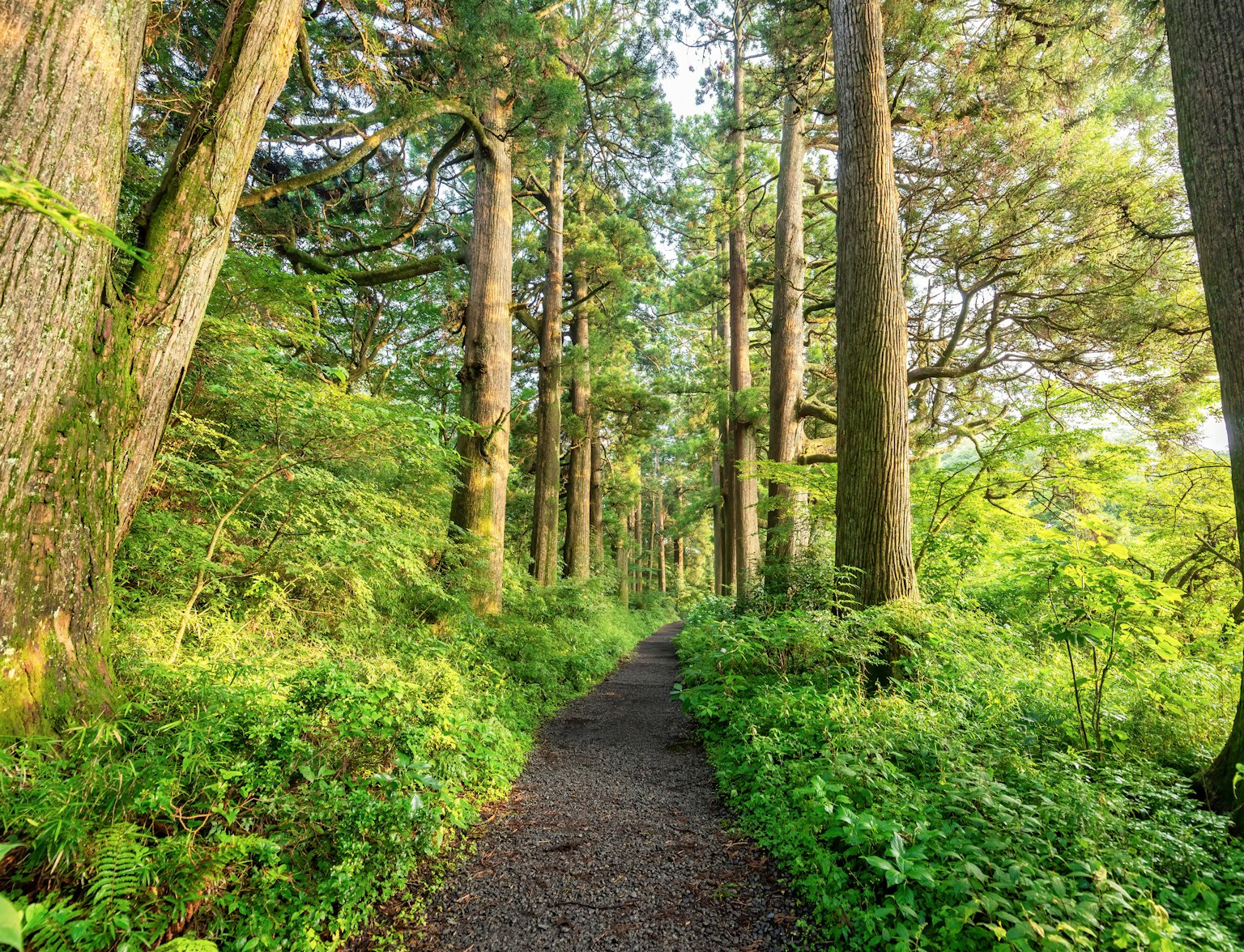
Embark on the Hike Hakone Hachiri 1-Day Tour to explore the ancient Tokaido route.
Hakone offers a calm and relaxing getaway in winter. With fewer crowds, you can enjoy the peaceful beauty of the area at your own pace. The hot springs, snowy landscapes, and cultural spots each give a special experience during the colder months.
By visiting these top places, you’ll get the best of what Hakone offers in winter and feel refreshed and recharged.
